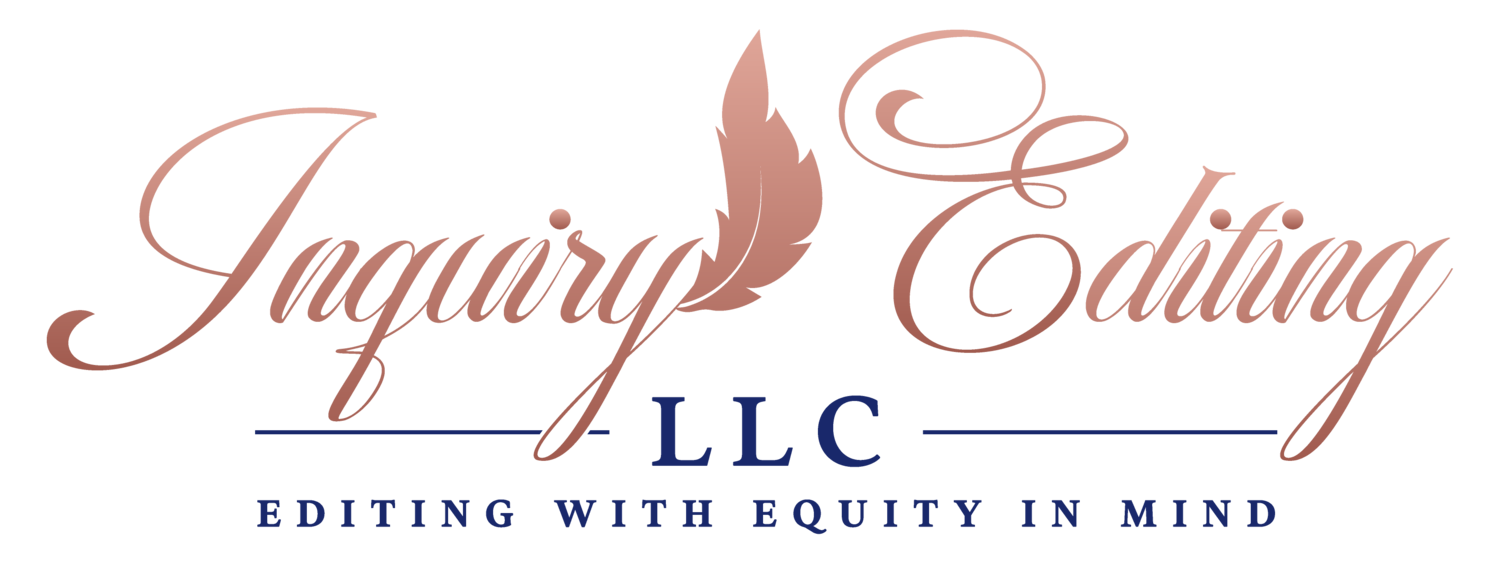Good Tour Guide
Earlier this year, I sat down to write an essay on Victor LaValle’s The Devil in Silver. It was the first time I had tried a traditional close reading since finishing the second book. Since 2018, I had written poems, an obituary, op-eds, creative non-fiction, how-tos, encyclopedia entries, and some upcycled work. In January, I was starting from scratch.
Pause. I need to tell you I thought I couldn’t do it. You need to know that anxiety was real.
I did two things that feel quite wise in hindsight. I hope you don’t fault me too much for being a little self-congratulatory about that.
First, I sought accountability. I enlisted a writing partner specifically for this. We met to comment on each other’s ideas, traded work, and workshopped the drafts together. Not only was this person contributing to the same volume, but they fundamentally understood why both the subject matter and the process felt difficult. There was very little I had to explain about my anxieties or the complexities of the work itself. I definitely recommend short-term writing buddies. Also, for folks doing editing work, I’d definitely ask folks if they want to be matched up with someone else from the volume. It helps to have a partner.
Second, I decided to forego my voice as a literary scholar for this essay. (There is a way that is well-nigh impossible, but I did make a valiant effort.) Instead, I focused on becoming a tour guide. It does help that this essay was for a museum volume, so it was easy to fancy myself a docent.
In this persona, I become someone who has seen the novel before and offers some ways to think about it. I cannot skip over the details of the novel like a summary or a nod to critical reception. The responsible tour guide must give basic information, after all. Yet, the tour guide is not limited to basic information. Point of fact, the best tour guides tend to have special little tidbits and it feels like they’re letting you in on a secret. So, I tried to craft my analyses to reflect that voice: knowledgeable, excited, fascinated, curious.
It'll be for other people to decide the results. I can tell you playing tour guide helped me be mindful of pacing, structure, and building complexity. Tour guides are mindful that they’ve been to a place a bunch of times, but few to none of their guests have. For instance, Princeton’s Orange Key (do we still call it that?) tour guides walk backwards while they introduce people to campus. Bates tour guides pause at regular intervals so that folks can stop and look around. The tours themselves are paced so that a newcomer can understand.
We often use the term “bones” to talk about a structure. A house has good bones. A recipe has good bones. The bones can be built upon because they are a decent foundation. (Every prepared meal at Trader Joe’s fits this category.) However, bones are not the only metaphor for structure and foundation. Let me introduce to you the humble tendon. This connective tissue binds bone to muscle. For writing’s sake, the tendons help you move through the argument. In speech, we tend to use the word “and” a lot. Sometimes, that works. Sometimes, the movement from one idea to another is additive. Other times, the movement from one idea to another is divisive, multiplicative, consequential, contradictory, or something else. As a tour guide, I thought more about pivoting from one idea to the next. Am I adding onto this analysis? Is this more in line with a “mind you”? What reminders might someone need for this next point to make sense?
By the end of a tour through the Met’s Camp exhibit in 2019, I felt like I had been on a journey. The Met exhibit started with Judith Butler and ended with Gaga. There were brief forays into theater and touches on Bjork. The costumes and fashion were not solely there to be gawked over. Though…. Yes! Of course! The pieces also told a story of building complexity, of camp moving from sub-culture to mainstream, to schtick, to sellable, to commercial, to things camp was never meant to be. Ironic to have this discussion the Met, too, where it takes on the quality of a retrospective, such that camp may in fact be, dare I say it, over. And, it is on this note that the exhibit ends, that complexity of feeling and of conflicting ideas. I went through the Met exhibit largely on my own, but I was fascinated by the way the object labels, the costumes, and the layout told a story of building complexity.
Maybe your essay or chapter might benefit from thinking of yourself as a tour guide. Where do you want to lead us?
